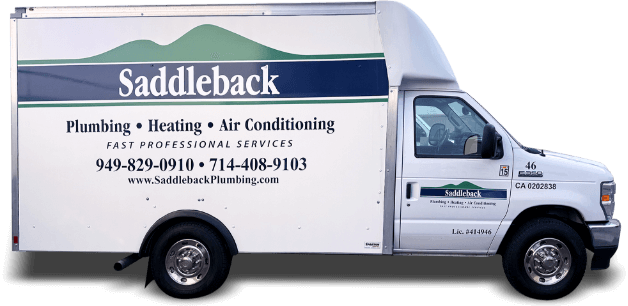How Installing a New Thermostat can Improve Your Air Conditioner Efficiency
June 8th, 2015With summer almost upon us, many people are taking steps to make sure that their air conditioners can keep them cool for another summer. While plenty of people are conducting regular maintenance on their air conditioners, though, far fewer are taking a look at their thermostats.

